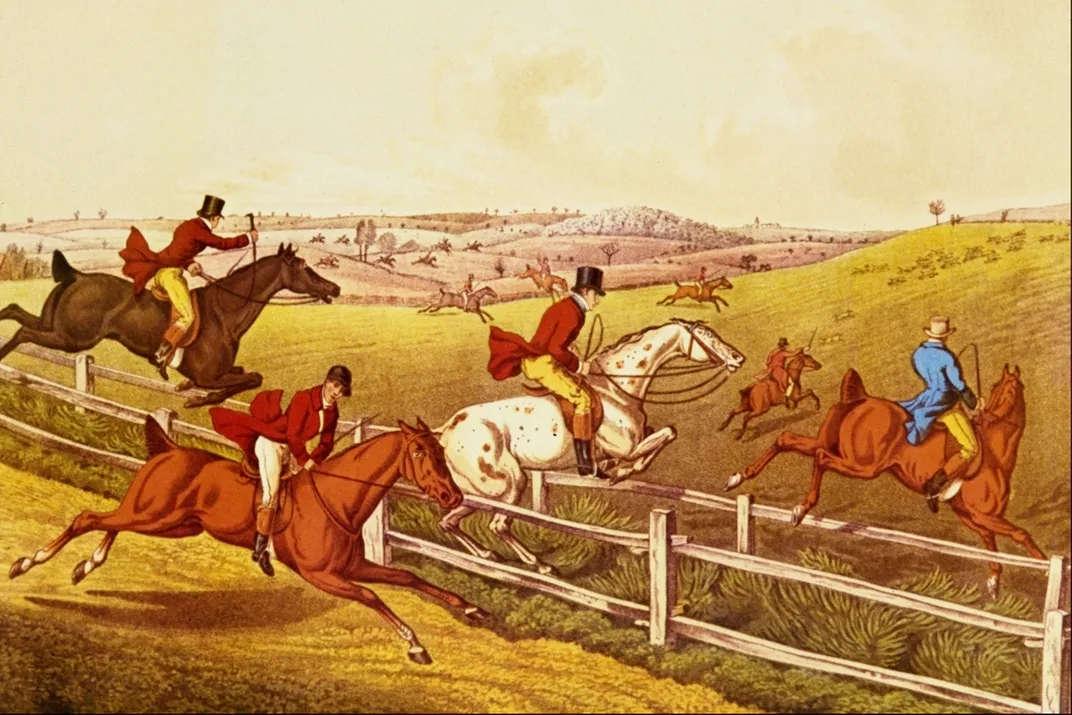The First Breakfast Cereal, Granula, Had to Be Soaked Before Being Eaten
Invented by a doctor and health reformer, the brittle cakes were not an instant success
/https://tf-cmsv2-smithsonianmag-media.s3.amazonaws.com/filer/b3/57/b35709d6-a2a4-4abc-933f-aa43cce98513/froot-loops-cereal-bowl.jpg)
Granula wasn’t much like the cereal we eat today.
The first manufactured breakfast cereal, it was developed in 1863 by a doctor and health reformer named James Caleb Jackson. Jackson believed, as many did at the time, that sicknesses were based in the digestive system. At the health spa he ran in upstate New York, he began experimenting with cold cereal as a cure for illness.
“He baked graham flour into brittle cakes, which he then crumbled and baked again,” write Hilary Greenbaum and Dana Rubenstein for The New York Times Magazine. “It was not an immediate success; in fact, it was edible only when soaked in milk overnight.”
Although Jackson’s concoction didn’t take off, they write, the idea of cold cereal reached the ears of another “pure food” advocate, John Harvey Kellogg, who ran his own health spa. In the late 1870s or early 1880s, he started making his own "granula" out of a mixture of wheat flour, oatmeal and cornmeal. Jackson sued Kellogg, who then renamed his take on breakfast cereal “Granola.”
Granola had commercial success, perhaps because it wasn’t so closely connected to the recipe for hardtack. Working with his commercially-minded brother, William Kellogg, he founded a cereal empire that still bears the Kellogg name today. Kellogg went on to invent the cereal flake and a number of other cereals, writes Karen Hochman for The Nibble.
“At that time, the standard American breakfast was a cholesterol-laden hot meal of eggs, bacon, sausage and beef or chicken, plus cooked grains (hot cereal), biscuits, toast, butter and jam,” she writes. “It was part of the British tradition of a lavish breakfast, to fortify the gentry for a day of sport.”

Granula, whose name is a riff off “granules,” was a strong departure from this tradition. Made of graham flour (named for fellow food reformer Sylvester Graham), the cereal was so hard, writes Stephen Mihm for Bloomberg Views, some dubbed it “wheat rocks.”
As for Jackson, although he didn’t become a cold cereal magnate, sales of his product and his services at the health spa, then called a "sanitarium," ensured that he didn’t suffer for lack of money. The Our Home Sanitarium became one of the largest spas in the world, Hochman writes.